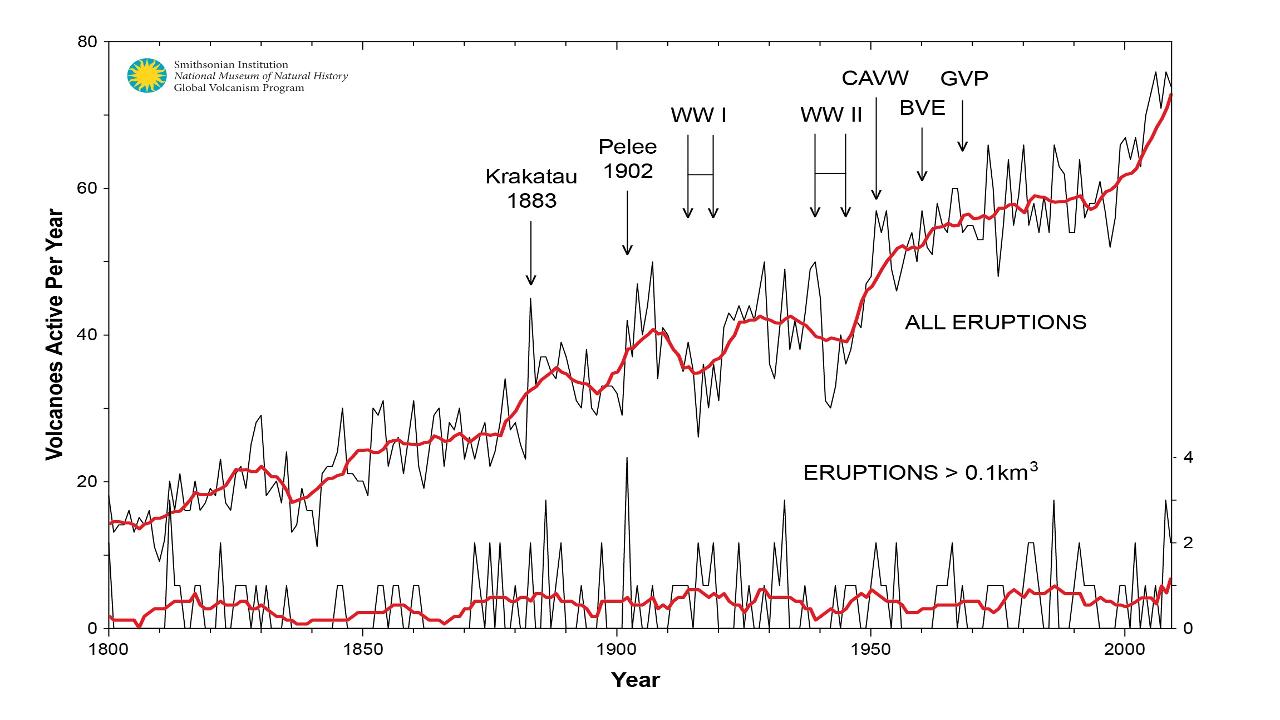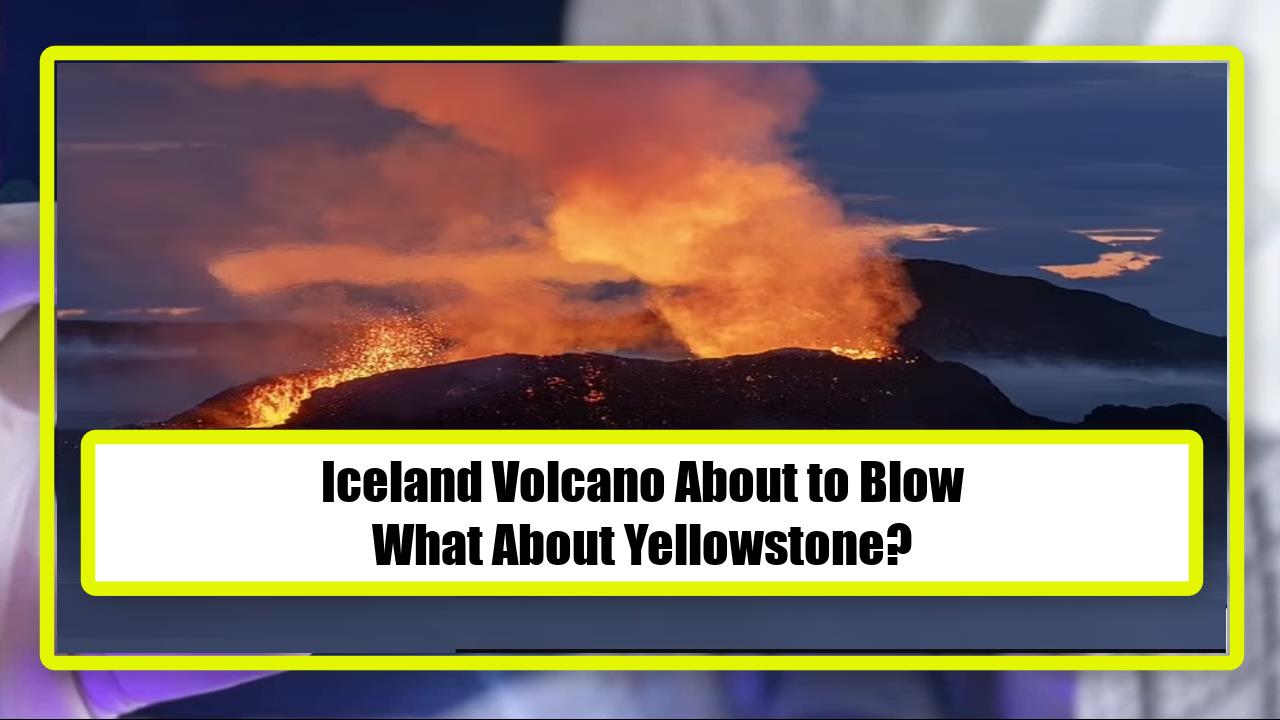Video:
Take our online poll:
AI Analysis:
Volcano predictions vary in accuracy depending on the time frame and the specific methods used for monitoring and forecasting. Generally, short-term predictions, which typically involve forecasting eruptions days to weeks in advance, tend to be more accurate than long-term predictions, which aim to estimate the likelihood of eruptions over much longer periods, ranging from months to years.
Short-Term Predictions (Days to Weeks):
Monitoring Techniques: Short-term predictions rely on monitoring techniques such as seismology, gas emissions, ground deformation, and thermal imaging. Changes in these parameters can provide clues about volcanic activity leading up to an eruption.
Success Rate: Short-term predictions have seen some success, especially when there are clear precursors like increased seismic activity or changes in gas emissions. However, eruptions can still occur with little or no warning.
Medium-Term Predictions (Months to Years):
Statistical Models: Medium-term predictions often involve statistical models based on historical data, eruption patterns, and the geological history of a volcano. These models attempt to estimate the probability of future eruptions.
Challenges: Predicting volcanic activity over several months to years is challenging due to the complex nature of volcanic systems and the influence of various factors. Many volcanoes do not follow predictable patterns, and there can be long periods of quiescence before an eruption.
Long-Term Predictions (Decades to Centuries):
Geological Studies: Long-term predictions involve studying the geological history of a volcanic region, including past eruptions and the frequency of volcanic activity. Researchers use this information to estimate the likelihood of future eruptions.
Uncertainty: Long-term predictions are associated with a high degree of uncertainty. While historical data can provide valuable insights, predicting the exact timing, magnitude, and nature of future eruptions remains challenging.
Volcanic Hazard Maps:
Risk Assessment: Volcanic hazard maps are often created to assess the potential impact of eruptions on surrounding communities. These maps integrate geological, geophysical, and historical data to identify areas at risk.
Land Use Planning: Communities near active volcanoes can use hazard maps for land use planning and emergency preparedness. However, these maps do not provide precise timing for eruptions.
It's important to note that while advances in monitoring technology and scientific understanding have improved the accuracy of volcanic predictions, uncertainties remain, particularly for long-term forecasts. Volcanic systems are highly complex, and each volcano is unique in its behavior. The goal of volcano monitoring and prediction efforts is not necessarily to provide exact predictions but to assess and communicate the level of risk to communities and authorities, allowing for better preparedness and response measures.
Chart:

References:


Comments